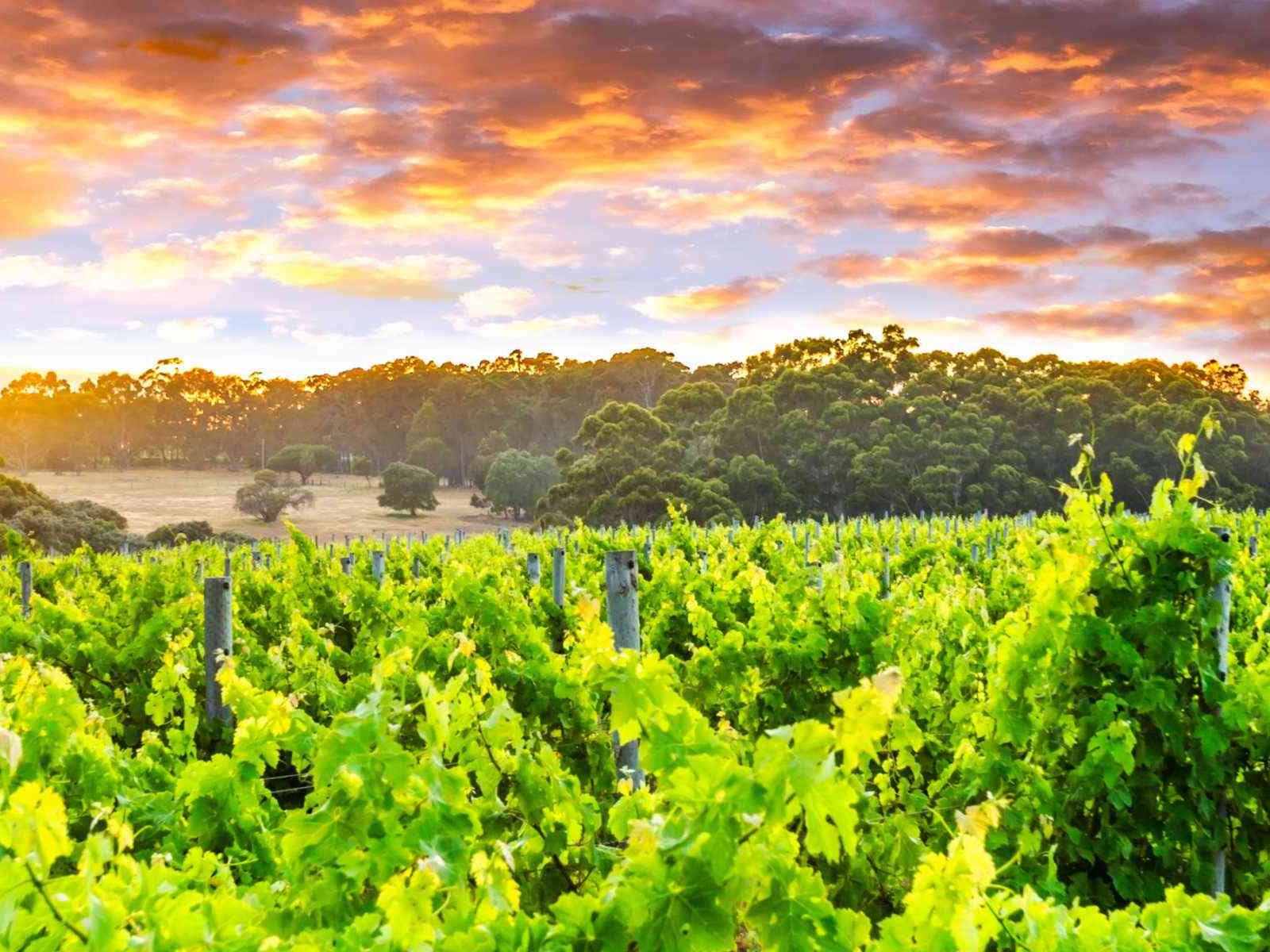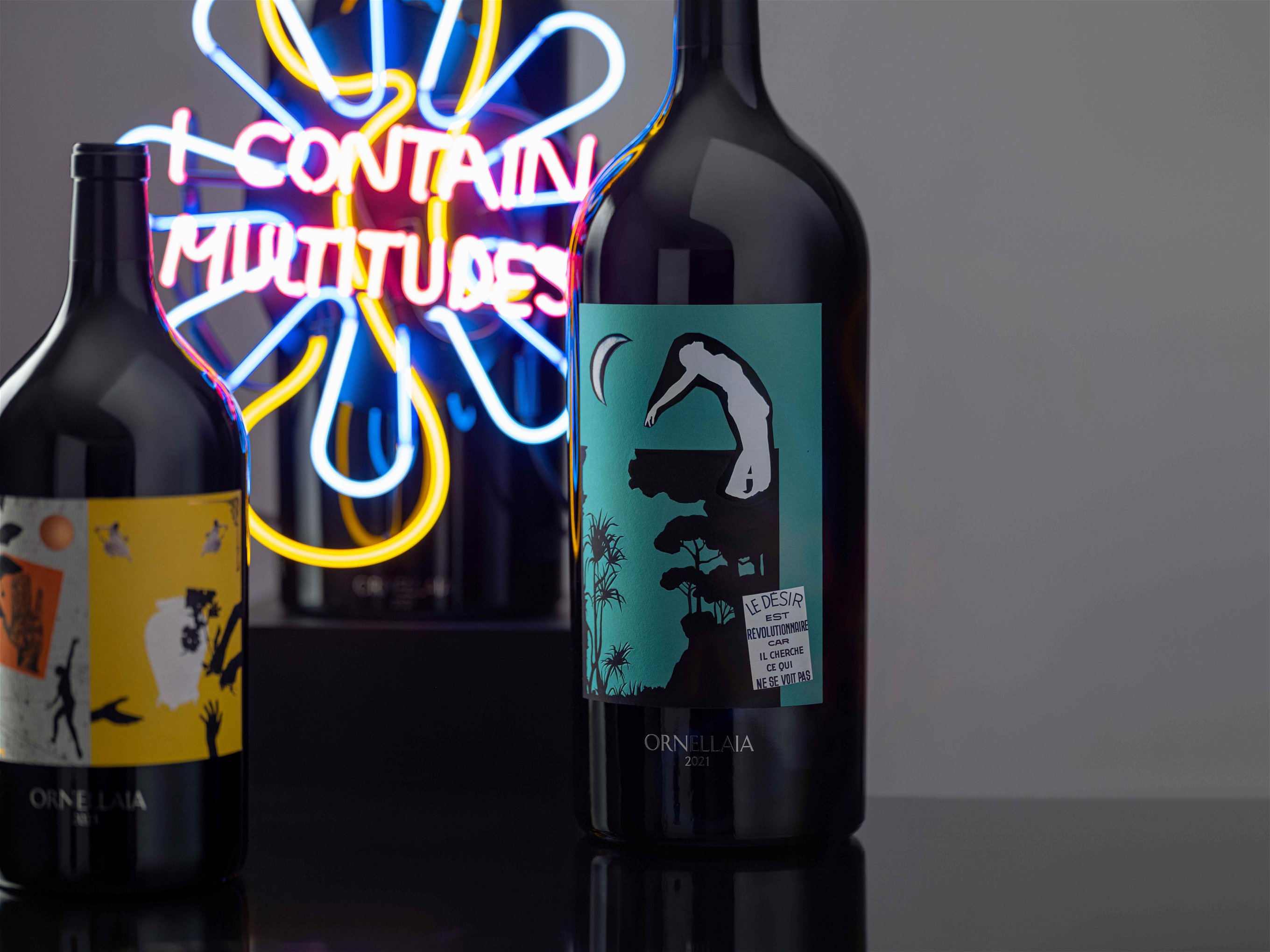Why Sauvignon Blanc has intriguing flavours
Does Sauvignon Blanc really taste of passion fruit, boxwood or asparagus and what is responsible for the huge range of flavours?
Vinifying Sauvignon Blanc at controlled, cool temperatures in stainless steel – rather than in wooden or cement vats as it was traditionally done in the variety’s homeland of France – unleashed a range of aromas the world went mad for. Flavour chemistry has clearly identified the compounds responsible for the aromas that make this grape so distinctive. The good news: if you smell boxwood or jalapeño in your Sauvignon Blanc, you are not dreaming. The main aroma compounds can be divided into two camps: methoxy-pyrazines and thiols.
Methoxy pyrazines:
- Green bell pepper or jalapeño: 2-methoxy-3-isobutylpyrazine (MIBP)
- Green/tinned asparagus, pea shoots: 2-methoxy-3-isopropylpyrazine (MIPP)
Thiols:
- Boxwood and spicy greenery: 4-mercapto-4-methylpentan-2-one (4MMP)
- Citrus zest like lime and grapefruit: 3-mercaptohexan-1-ol (3MH)
- Passion fruit: 3-mercaptohexyl acetate (3MHA)
The whole spectrum
How can there be such a wide spectrum of flavours – from green to tropical? This conundrum can be explained by harvest dates. It is possible to pick Sauvignon Blanc at different stages of ripeness: early on when flavours and their precursors are in the herbaceous spectrum, when it is a little riper to show apple and stone fruit and fully ripe when aromas are more opulent and tropical. Wines from different harvest dates can be blended to give a perfect cocktail of crunchy, fragrant greenery and juicy fruit.













